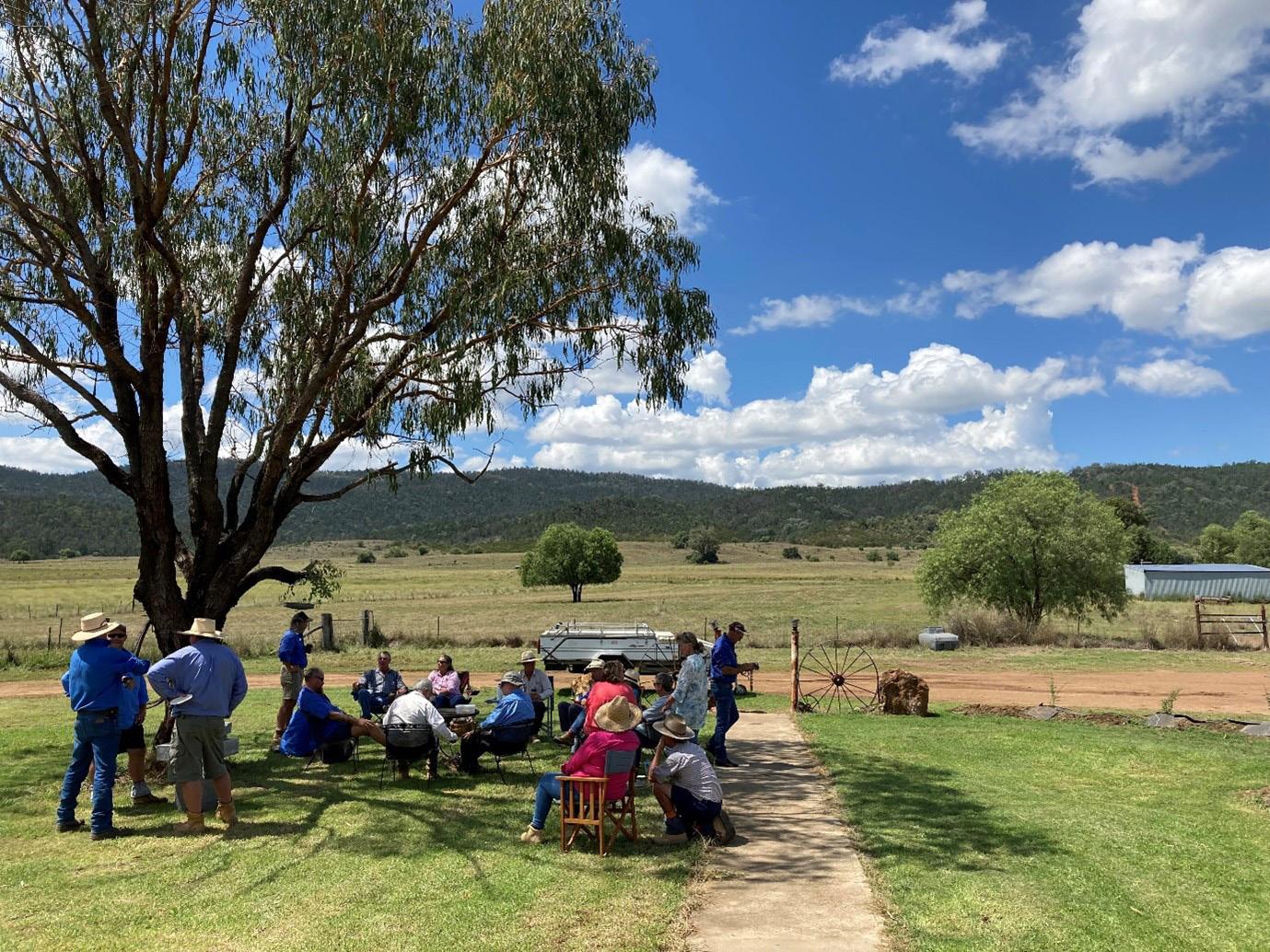
2 minute read
NATURAL SEQUENCE FARMING FIELD DAY
Slow the Flow…
….Is the first, but not the only pillar of Natural Sequence Farming, a process designed to help us read the landscape, and use our management processes and decisions to increase productivity.
Advertisement
Andrew and Jo Robinson of ‘Claremont’ Dinoga, hosted a field day on this topic presented by Stuart Andrews from Tarwyn Park Training on the 14th March. Twenty local farmers and interested non-farmers from a diverse range of backgrounds attended the day, which included a presentation, a water demonstration and a paddock walk to look at features in the landscape
Local land managers learned about the five pillars of Natural Sequence Farming throughout the introductory course which are:
Slow the Flow
Let All Plants Grow
Careful Where the Animals Go
Filtration is a Must Know &
Return to the Top to Recycle the Lot
During the paddock walk participants were able to gain practical experience in reading the landscape, looking at water flow patterns and steps in the landscape and discussing management options to help restore landscape function.
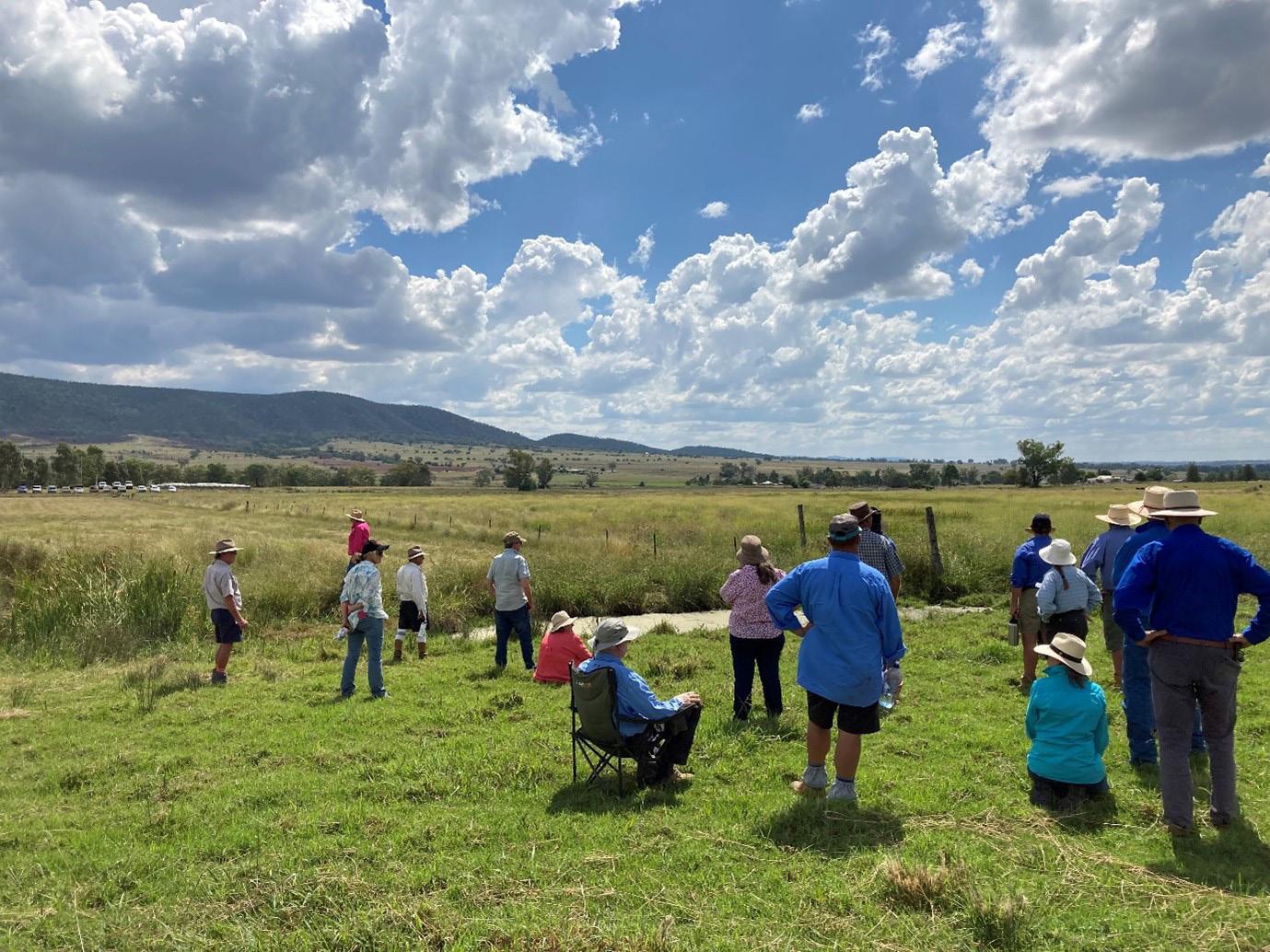
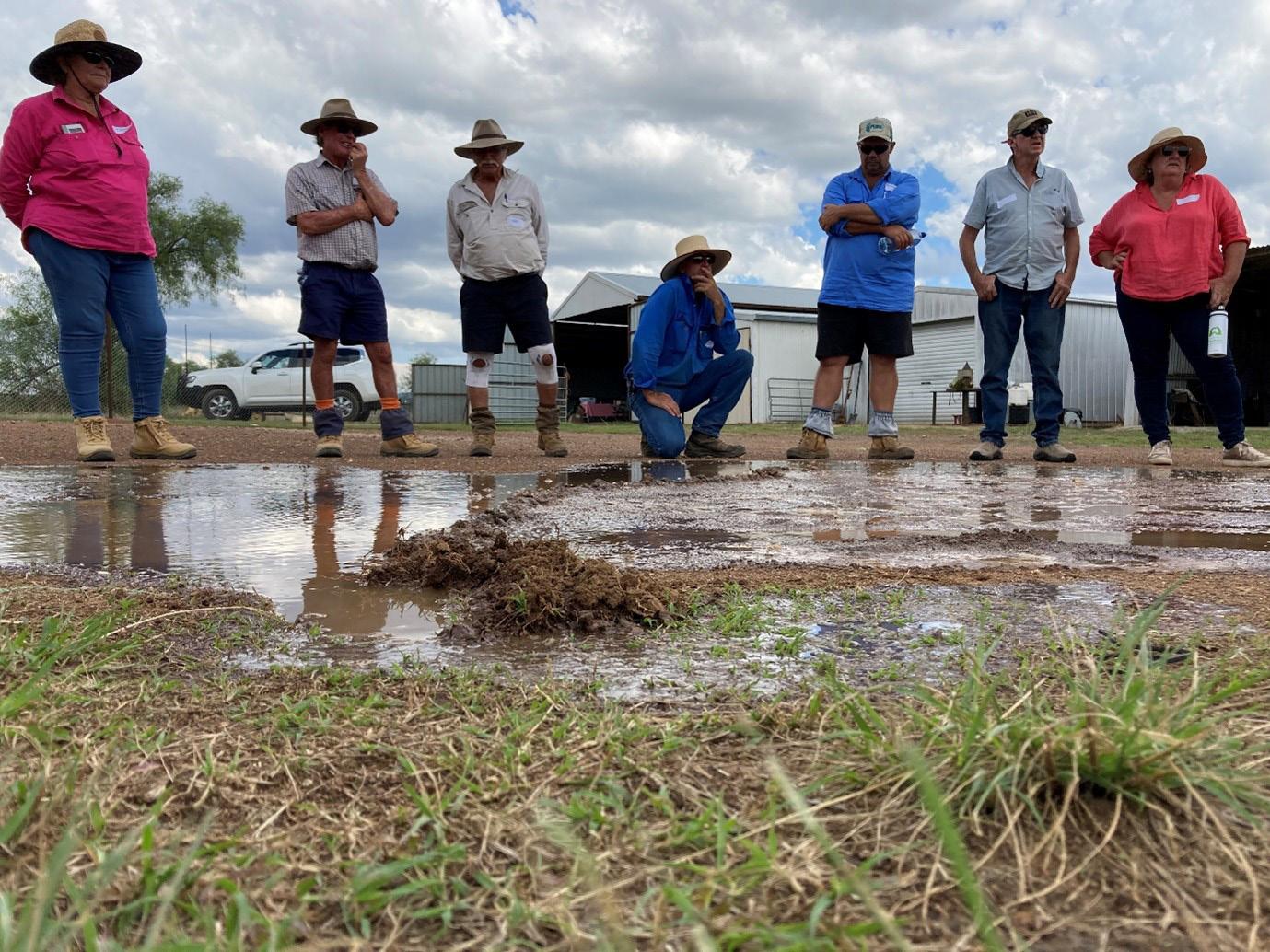
All attendees indicated that they will initiate some change on their farm or landholding as a result of the training – a great testament to the thoughtful and well-delivered content of this field day in particular, and of Natural Sequence Farming in general.
Northern Slopes Landcare has been able to host this workshop due to funding received from North West Local Land Services (NW LLS) to establish and strengthen the Bingara Regen Farmer group. Our local Regional Agricultural Facilitator, Sarah Carter, provided some additional support through the Smart Farms program funding.
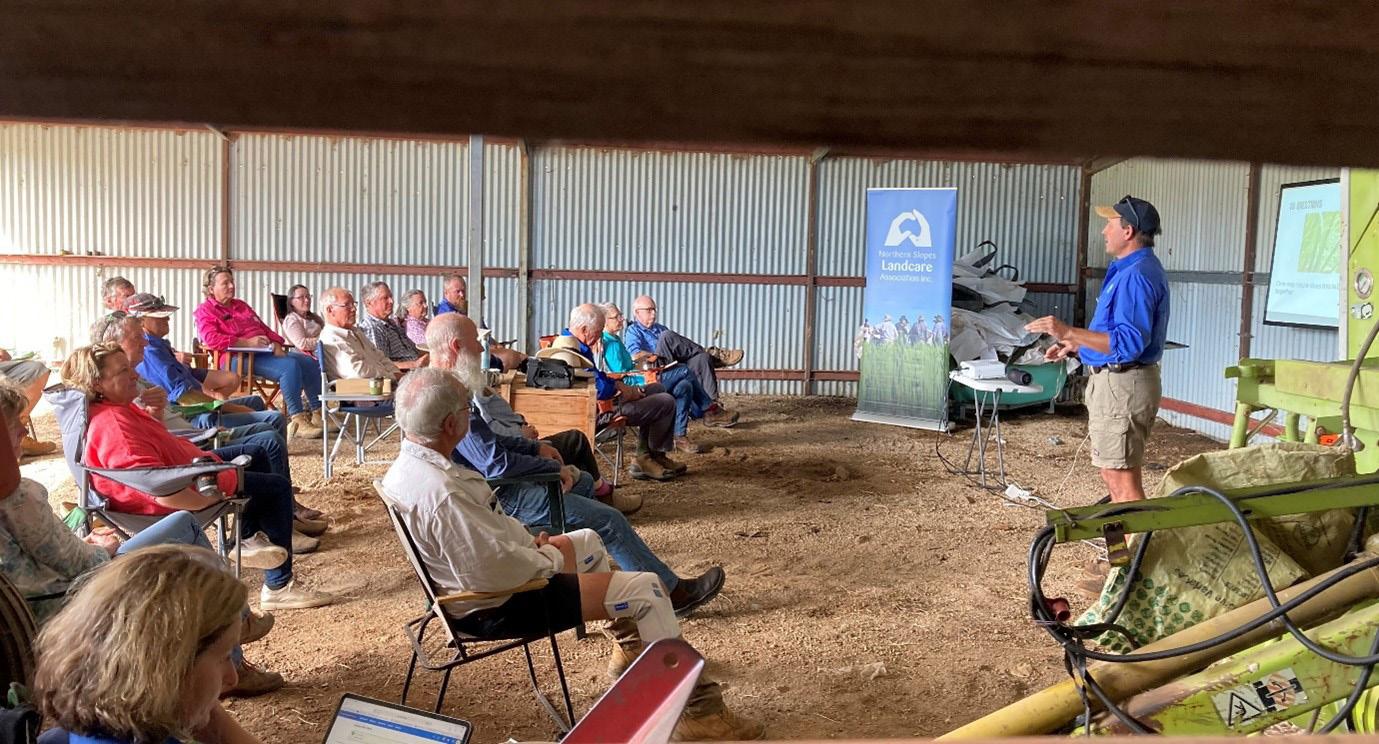
COMMODITY PRICE CONCERNS AND RISING INTEREST RATES - NSW FARMER SENTIMENT SLIPS
NSW farmers have commenced 2023 on a less positive note than the previous year, fueled by concerns over the softening of commodity prices and a steady rise in interest rates. According to the latest quarterly Rabobank Rural Confidence Survey, which surveyed 1000 primary producers across a range of commodities and geogrpahical areas throughout Australia, the propsoect of forecast dry conditions is also weighing over some producers. This is in contrast to the previous three years which saw good agribusiness conditions.
Recent issues such as high farm input prices and a third consecutive La Niña had fallen out of concern, as some input prices had eased and the excessive rainfall weather pattern was coming to an end.Sally Bull, Rabobank regional manager for southern NSW cited that after experiencing the “rare combination” of back-to-back years of solid commodity prices and generally favourable growing conditions across the state, it was not surprising overall farmer optimism was declining as operating conditions returned to more average settings.
“Farmers operating in the grain, beef, sheep, dairy and sugar sectors are all anticipating an easing in agribusiness conditions in the next twelve month.”
The greatest decline in confidence was found within NSW’s beef sector, with more than a third expecting worsening economic conditions, driven by easing commodity prices.
Confidence levels were similar amonst NSW’s grain growers, despite strong rainfall received late in 2022 setting many grain growers up well for the coming winter copping season, with many areas enjoying good soil moisture profiles. However, adequate rainfall during autumn will still be required for sowing.
Cotton production in central and northern NSW is “on-track”, with warmer conditions throughout February driving improved crop development.
Farm infrastructure investment is reported as being a high priority for farmers, with the purchase and implementation of fences, yards, silos and sheds on the agenda. Nearly half of farmers also plan to purchase new plant and machinery.

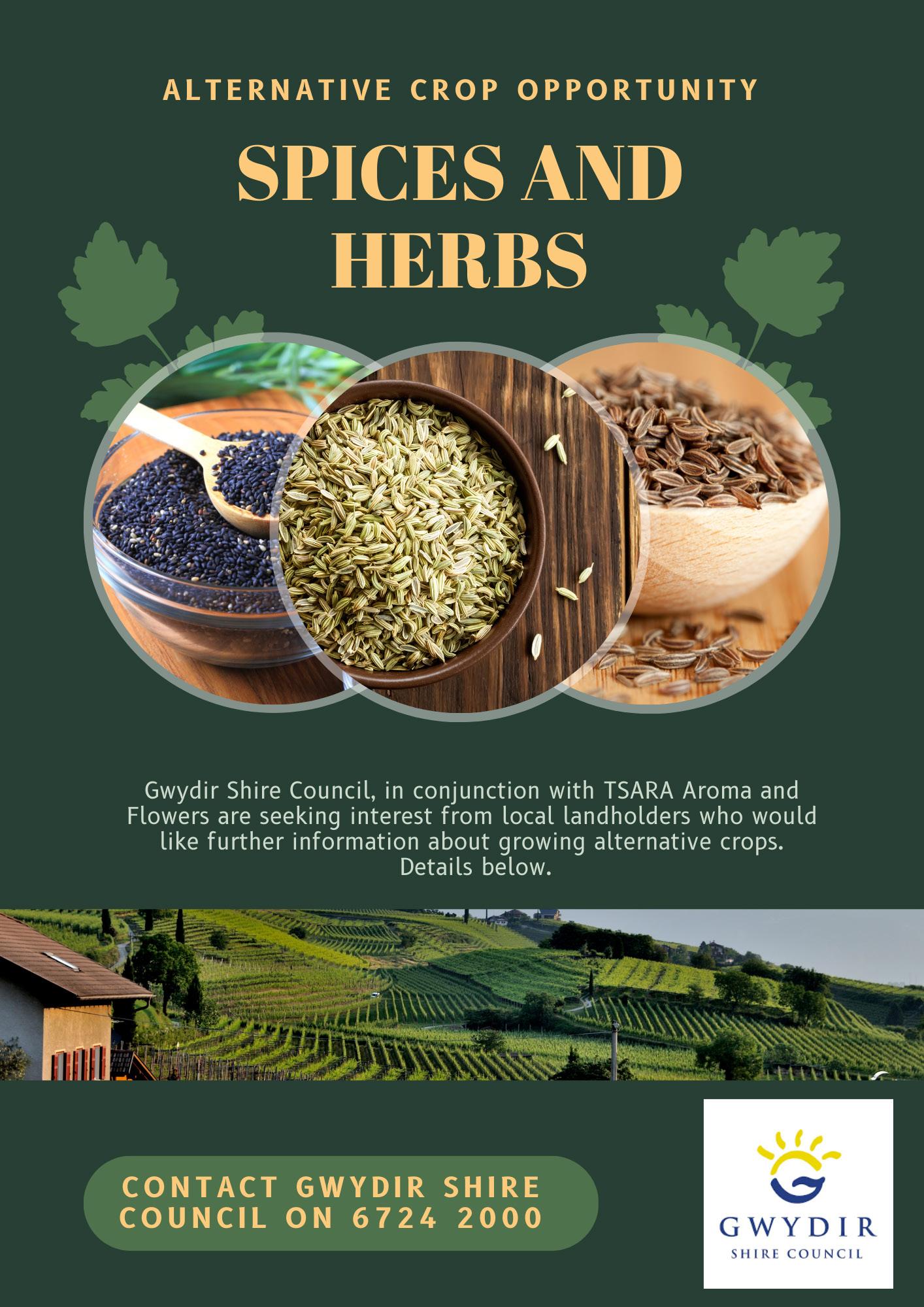
Farmers are maintining a steady interest in purchasing property, with just over a quarter looking to increase their property portfolio.. Despite this, there has been a drift between buyer and vendor expectations which has resulted in a longer sale timeline and some price reductions required to achieve a sale.
In looking to a five year planning model, farmers indicated that improving processes and finding efficiencies were the leading factors. This was followed by managing succession as the next leading consideration.










